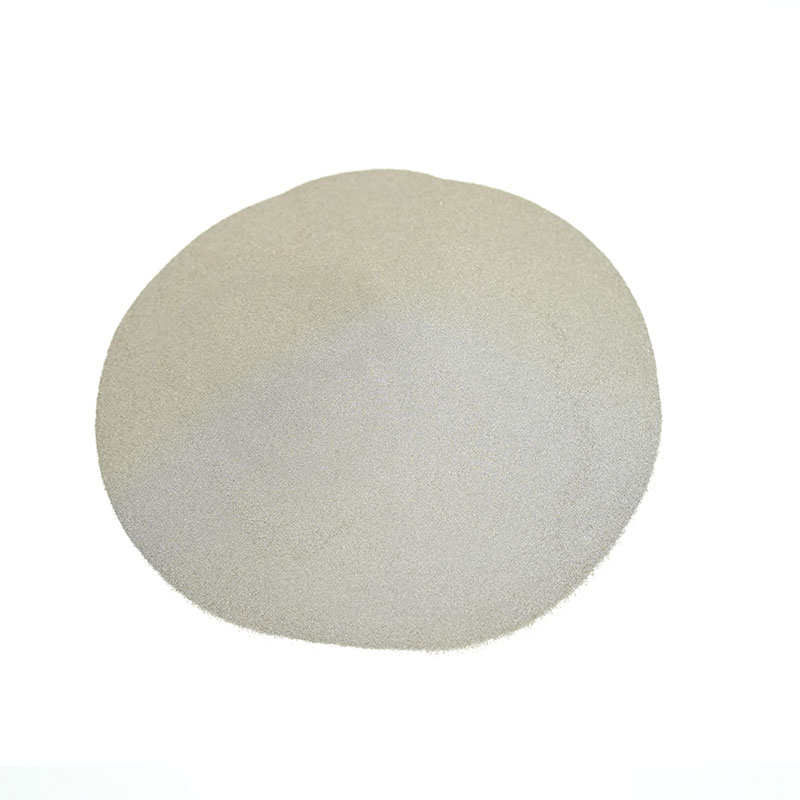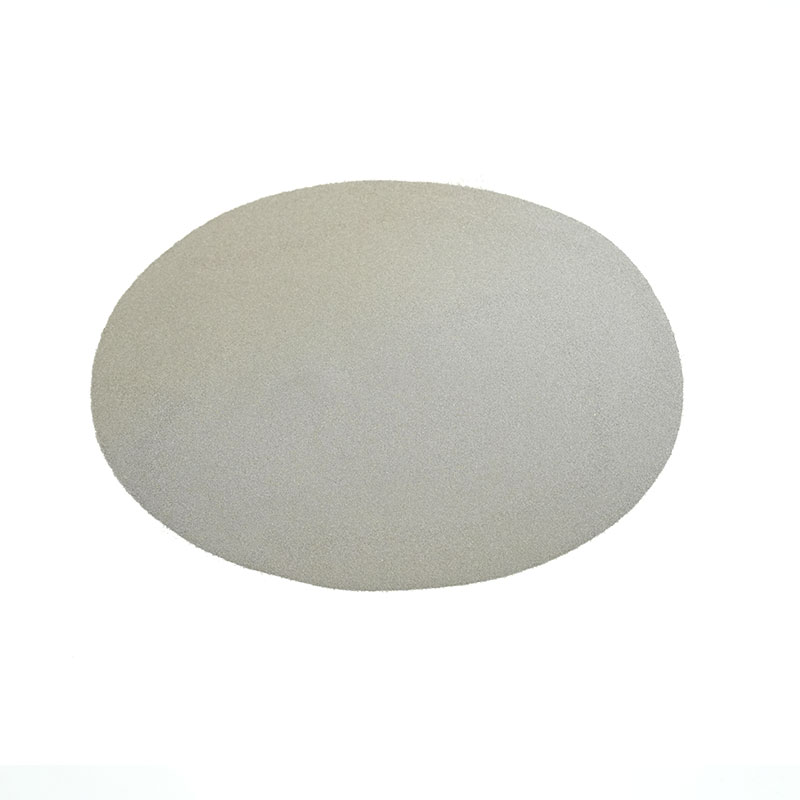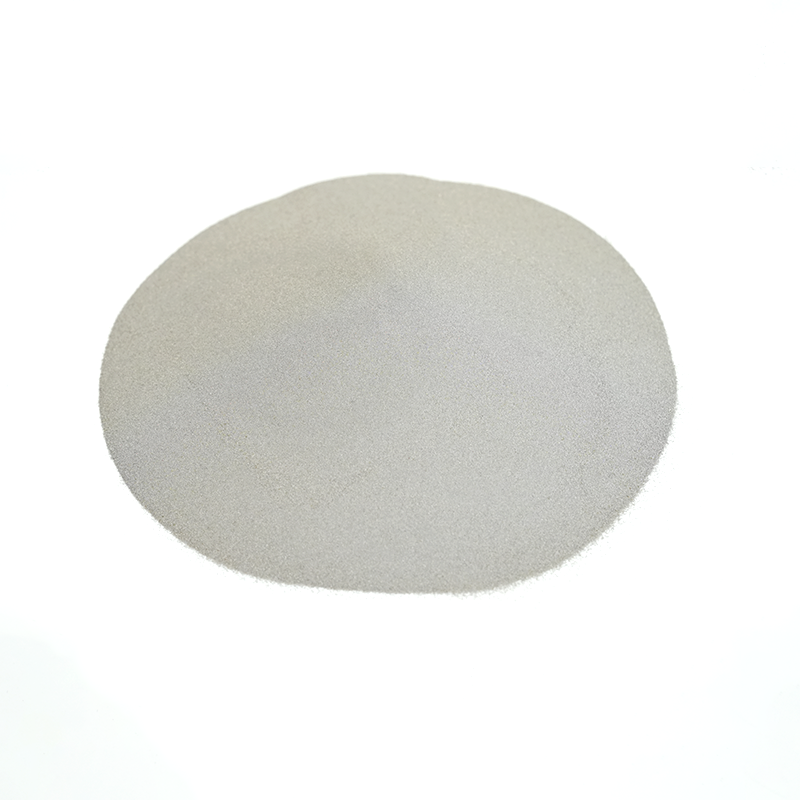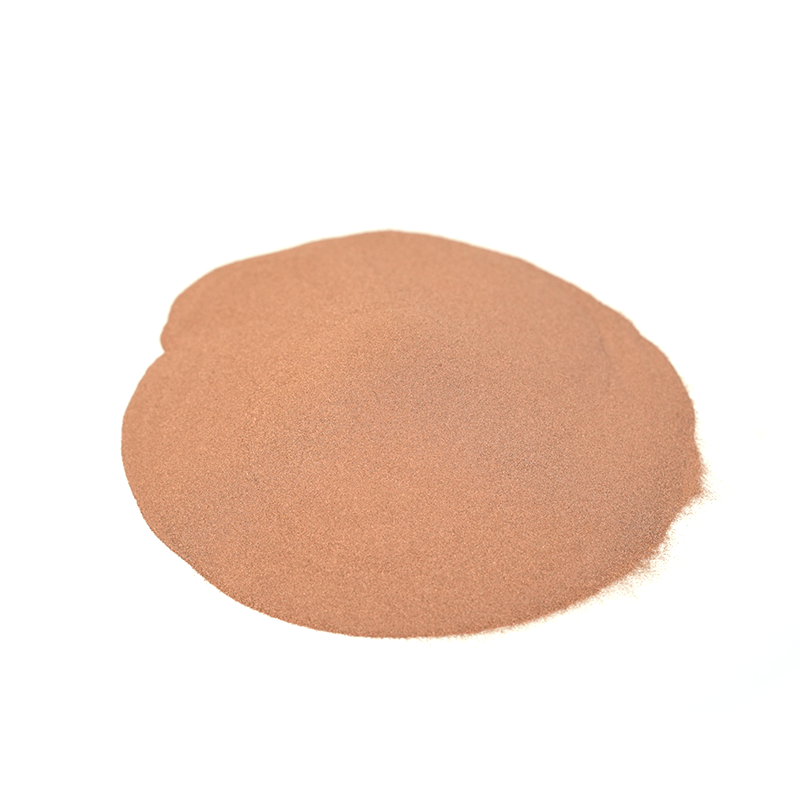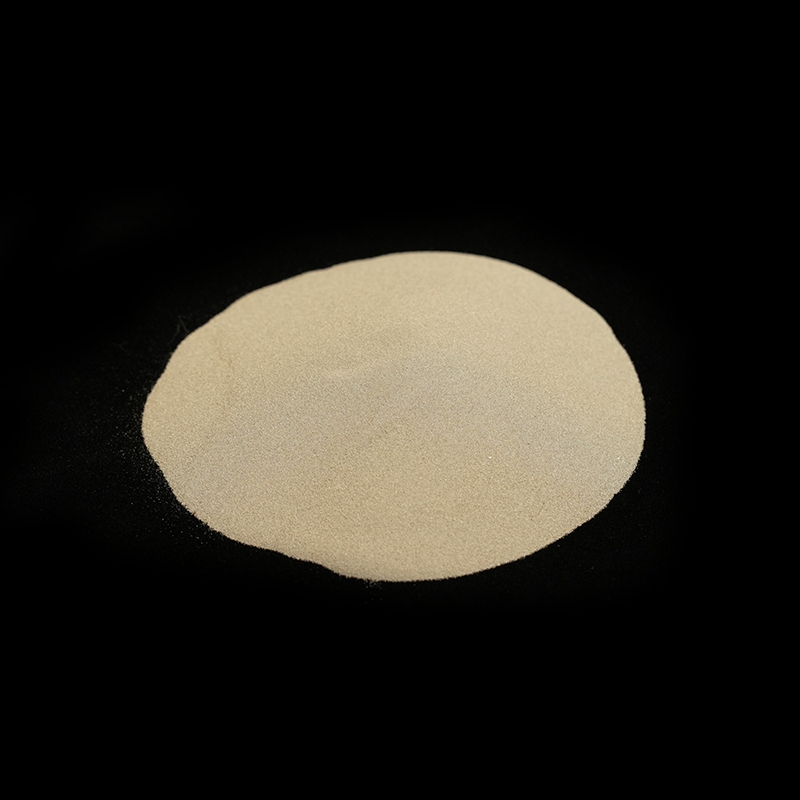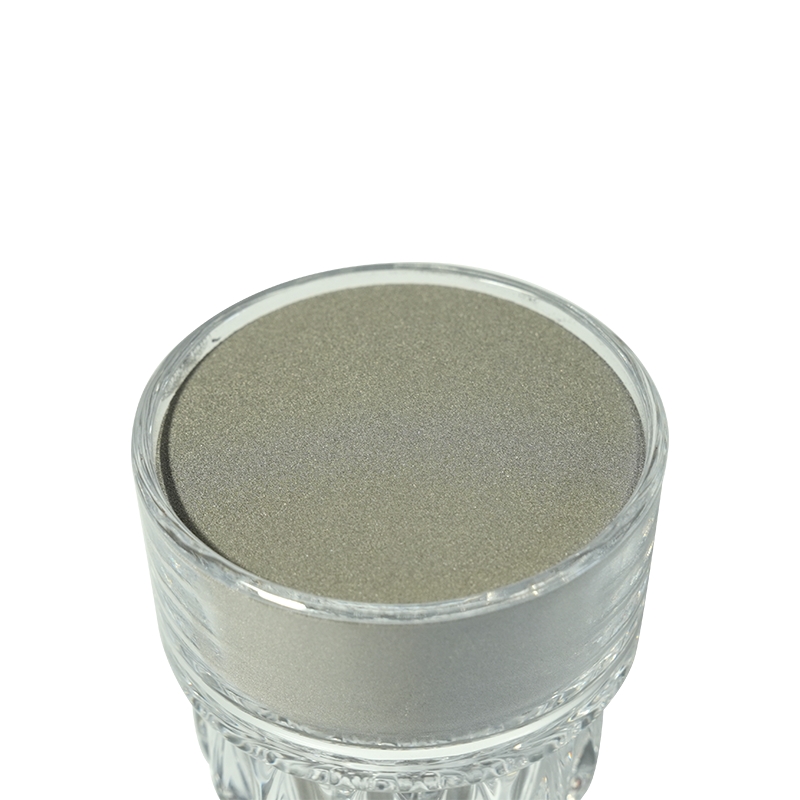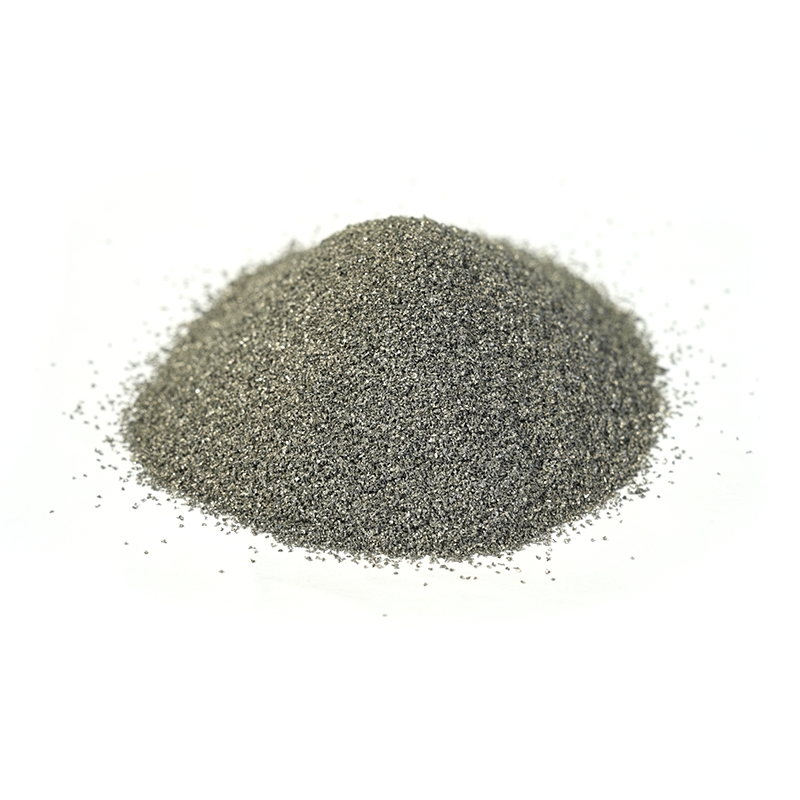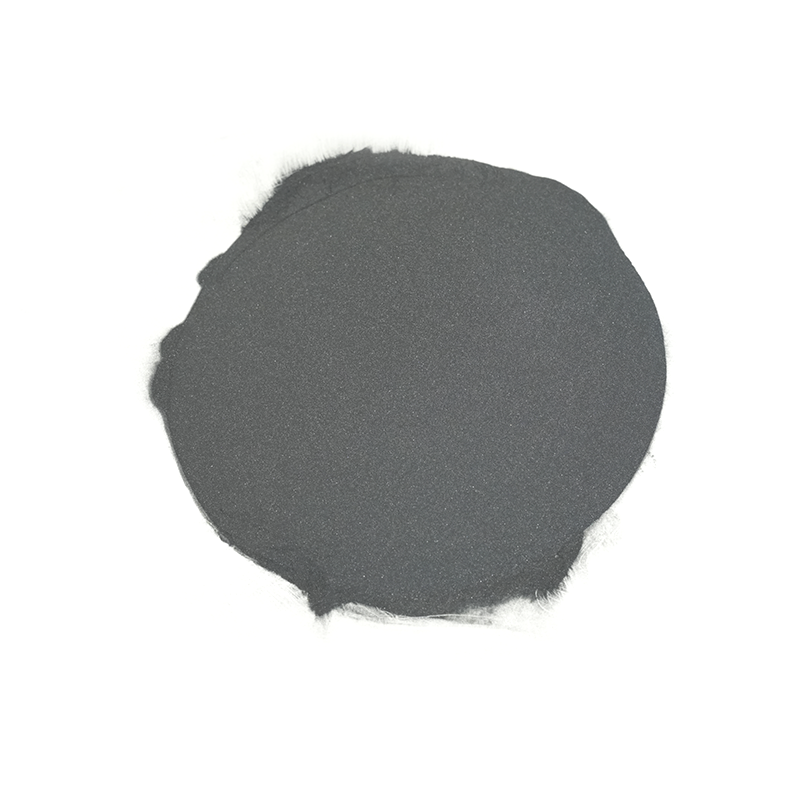In the practical application of alloy powder coating, it is crucial to ensure the uniformity and adhesion of the coating, especially in applications that require high performance and long-term durability. The following are some key technologies and methods for ensuring the uniformity and adhesion of alloy powder coating:
The key to coating adhesion lies in the surface state of the substrate. In order to ensure that the coating can adhere firmly, the substrate must be properly surface treated. Common surface treatment methods include:
Sandblasting to remove oxides, oil stains and impurities on the surface of the substrate, increase the surface roughness and improve adhesion.
For example, pickling or phosphating can form a protective film on the metal surface to enhance the adhesion of the coating.
For example, anodizing can form an oxide film on the metal surface to further improve the adhesion of the coating.
The particle size and shape of the powder particles have an important influence on the uniformity of the coating. Using the appropriate powder particle distribution (usually through screening and grading) can avoid uneven coating thickness, thereby ensuring the smoothness and consistency of the coating surface. Powder particles that are too large or too small may cause uneven coating or affect the density of the coating. By precisely controlling the size and distribution of the particles, a more uniform coating can be obtained during the application process.
The uniformity and adhesion of the coating are not only related to the powder itself, but also closely related to the technical operation during the coating process. Common coating application technologies are:
Using electrostatic force to adsorb alloy powder to the surface of the workpiece can ensure uniform coverage of the powder and control the coating thickness.
The coating is formed by heating the powder and spraying it onto the surface of the substrate. This method is suitable for occasions where high coating adhesion and wear resistance are required.
The use of fluidized bed technology makes the powder adhere evenly to the surface of the workpiece, which is particularly suitable for coatings with high uniformity requirements.
Each coating technology has its own unique advantages and disadvantages, and it is crucial to choose the right coating technology according to the actual application requirements.
The uniformity and adhesion of the coating are also affected by the curing process. In alloy powder coating, curing is achieved by heating, ensuring that the powder is fully melted on the surface and forms a strong bond with the substrate. Temperature control during curing is very critical:
Too low temperature will result in incomplete curing of the coating and poor adhesion;
Too high temperature may cause uneven sintering or cracking of the coating. By strictly controlling the curing temperature and time, the adhesion and uniformity of the coating can be effectively guaranteed.

The thickness of the coating has a significant impact on its performance. In order to ensure the uniformity and adhesion of the coating, it is usually necessary to continuously detect the coating thickness during the spraying process. By adjusting the parameters of the spraying equipment such as the spraying speed, nozzle size, air pressure and powder feed rate, the coating thickness can be accurately controlled.
The uniformity and adhesion of the coating are also closely related to the spraying environment. For example, environmental factors such as temperature, humidity and air cleanliness can affect the fluidity of the powder and the effect of the spraying process. Therefore, the coating process should be carried out in a suitable environment to avoid pollutants such as excessive humidity or dust in the air that affect the quality of the coating.
After the coating is completed, appropriate post-treatment can further improve the quality and performance of the coating. For example, the coating can be optimized by heat treatment, grinding, polishing, etc., to remove uneven coatings and ensure a smooth and flat coating surface. Common detection methods include:
Verify the adhesion of the coating to the substrate through methods such as tape pull test and scratch test.
Use tools such as magnetic detectors and coating thickness gauges to detect the thickness of the coating to ensure its uniformity.
Ensuring the uniformity and adhesion of alloy powder coatings requires multi-faceted technical control, including appropriate surface treatment, powder particle control, coating application technology, curing process, thickness control, environmental adjustment, and post-processing technology. By optimizing these factors, the quality of the coating can be effectively improved to meet the performance requirements in different applications.


 English
English русский
русский عربى
عربى
